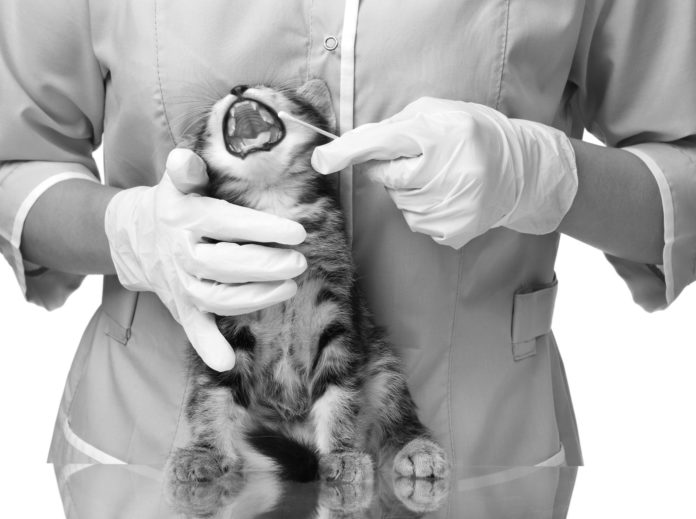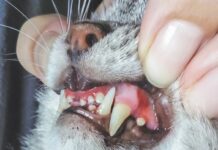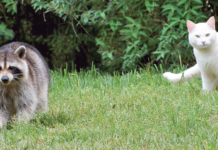Many cats show some signs of periodontal “gum” disease by three years of age. Reports indicate between 50 and 90 percent of all cats over four years of age will have some degree of dental disease. What you see on your cat’s teeth is just the tip of the iceberg. The bacterial growth and plaque and tartar accumulations under the gum line are the real problems. In addition to causing tooth loss, bacteria may get into the bloodstream and can affect other organs, such as the liver, kidneys, and heart.
© Anastasiia Prokofyeva | Dreamstime
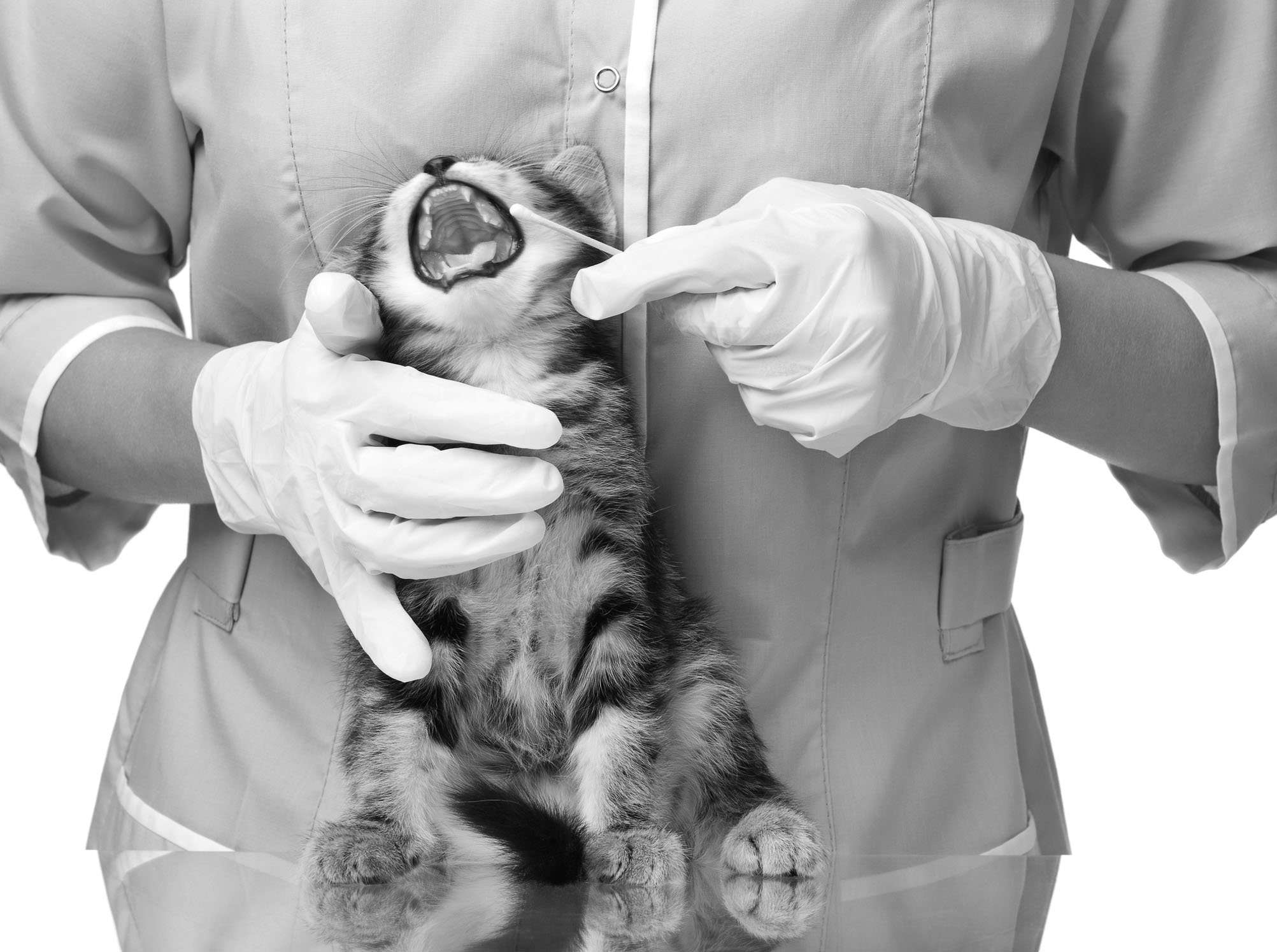
Healthy gums are firm, uniformly pink, and adhere well to the teeth. They leave no pockets for food or debris to get caught between the tooth and the gum. Pale gums may indicate anemia; yellowish gums may indicate liver problems. Bright red gums can be a the sign of a cat battling an infection. If you note an abnormality in your cat’s gums, an appointment with your veterinarian is in order.
Symptoms of dental disease in cats are similar to those in people with gum disease:
- Bad breath
- Drooling
- Hesitation to drink water, especially cold water
- Red or bright pink gums
- Reluctance to eat
- Sore mouth
- Swollen gums
Sometimes cats will pick up food but then drop it before eating. You might notice drooling or see your cat pawing at her mouth and /or grinding her teeth. She may act depressed or grumpy. “The consequence of poor oral hygiene is tissue inflammation, indicating that the patient’s body is ‘not OK’ with the excessive accumulation of bacteria and their waste products,” says dental specialist Dr. Eric Davis, DVM, DACVD (Cornell 1979).
Periodontitis results from the buildup of plaque on your cat’s teeth, followed by the easily seen calculus. The trick is to get that plaque off of your cat’s teeth before it morphs into calculus.
“Plaque is soft and sticky and may appear as a clear or off-white residue on the dental crowns—the tooth you can see,” explains Dr. Davis. “Plaque is composed of saliva-based, mucoid secretions and certain indigenous bacteria that are the ‘initial colonizers,’ adapted to attach to the dental surfaces.
“When present in small amounts, plaque is harmless and can easily be removed with a toothbrush and appropriate dentifrice (cat toothpaste),” Davis says. “If not disrupted by regular tooth brushing, however, plaque becomes thicker, as more bacteria stick to the residue. Certain bacterial species, referred to as ‘secondary colonizers,’ secrete a self-produced matrix referred to as a biofilm in which multiple bacterial species reside in structured community.” These bacteria are particularly resistant to antibiotic therapy, which means they may be difficult to eradicate.
In a matter of weeks, the plaque begins to become mineralized due to the high mineral content of saliva, and becomes tartar or calculus, that yellow-tan to brown-colored crust firmly attached to the teeth. “Calculus is porous and provides a huge surface area for plaque attachment. Tooth brushing will not remove calculus,” reports Dr. Davis.
© Ivonne Wierink | Dreamstime
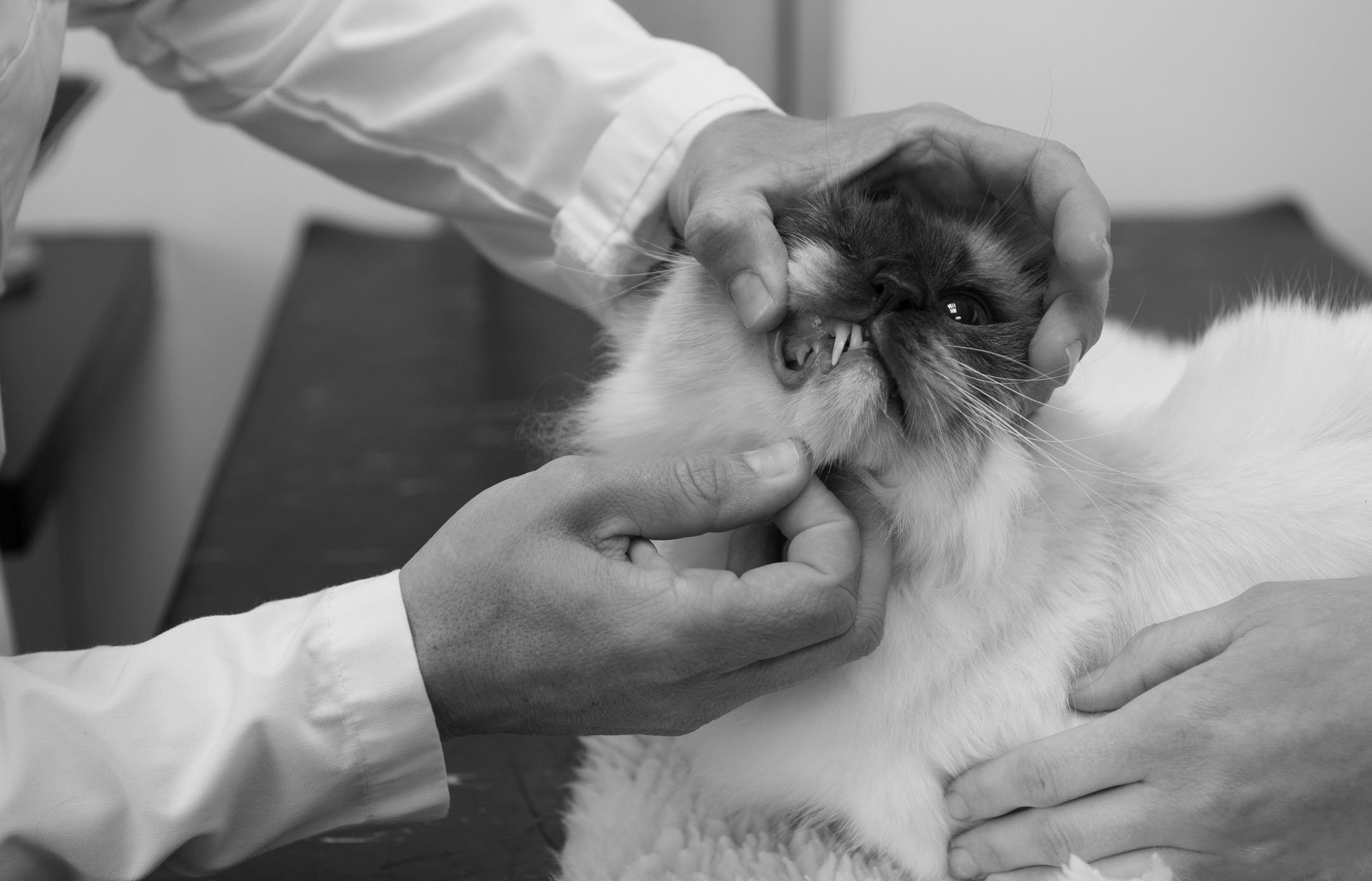
Gingivitis. Mild gum inflammation caused by plaque buildup is often referred to as gingivitis. Gingivitis basically involves the gums but does not go into the bony structures of the jaw and the teeth. If you catch your cat’s dental disease at this early stage it can often be managed by home care, such as frequent brushings and some supplements (see what you can do below).
If gingivitis is not caught early, the inflammation, infection, and tissue destruction—periodontitis—will move into the bone that helps to hold a tooth in place. Over time, the tooth will loosen and be lost. Just as in human toothaches, a cat will experience heat, swelling, and pain in affected areas.
The American Veterinary Dental College emphasizes that the true extent of a cat’s periodontitis can only be evaluated by sedating or anesthetizing your cat and, most often, doing X-rays to check for bone loss. Your veterinarian also will use a dental probe to evaluate any lesions along the gum line. This tool measures how deep the bacterial infection extends down the gum and along the tooth root.
While under anesthesia, your cat should have a thorough exam, X-rays, and a cleaning, followed by polishing. Just scaling off tartar without follow-up polishing merely makes new areas for plaque to attach. Your veterinarian will also be looking for signs of bony damage and tooth resorption.
Gums will be probed to see the extent of the bacterial invasion around tooth roots. In some cases, teeth may need to be pulled. Cats do well despite teeth being removed, once the gum incisions have healed. Cats tend to gulp or tear at their food as opposed to delicately chewing, so the loss of teeth in a pet cat is generally not a problem.
Your veterinarian may prescribe antibiotics as part of the follow-up care to reduce bacterial populations. Antibiotics alone will not resolve this problem, however. Your cat will still need a thorough cleaning at a minimum.
© Byelikova | Dreamstime
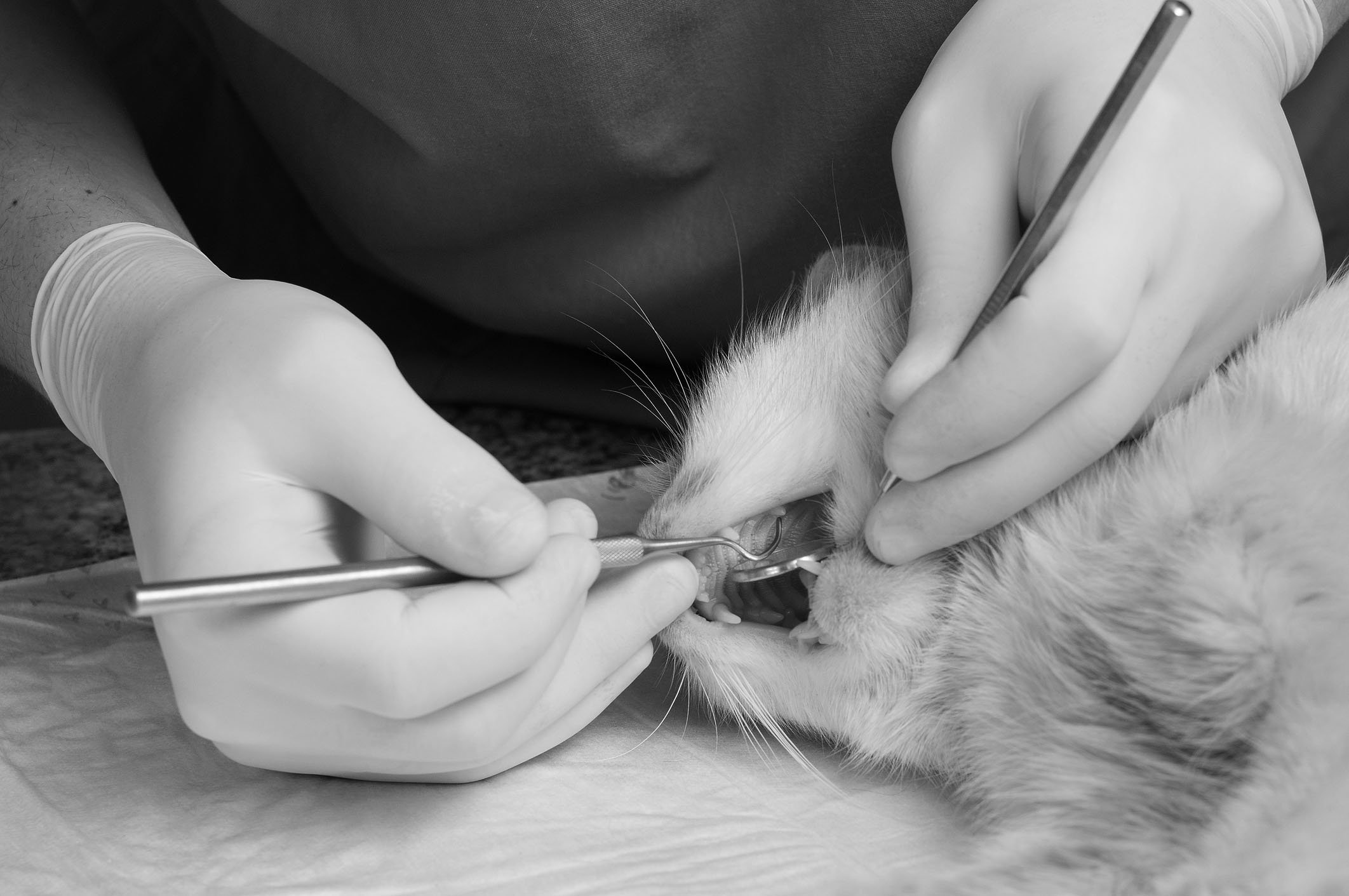
As part of the exam, your cat will have his oral disease rated according to severity. The term “periodontal disease” describes dirty teeth and inflamed oral tissue, but it can be narrowed down to four specific diagnoses:
Gingivitis refers to soft-tissue inflammation without changes to the supporting bone. Gingivitis is reversible with improved oral hygiene.
Mild Periodontitis is defined as loss of up to 25% of the total attachment apparatus of a tooth.
Moderate Periodontitis is defined as loss of between 25% to 50% of the total attachment apparatus of a tooth.
Severe Periodontitis is defined as greater than 50% of the total attachment apparatus of a tooth has been lost.
If teeth need to be pulled, your cat will likely have incisions into the gums and may have stitches that are made to dissolve on their own.
Even with good preventative care, most cats will need occasional full dental cleanings and evaluations. If you begin routine tooth brushing and have your cat’s mouth examined at each annual physical, you may be able to avoid the discomfort and pain of gum disease.
Stomatitis
What You Can Do
Start by simply getting your cat comfortable with having his mouth handled. Gently raise a lip and then give him a treat. When he is steady for that action, move to offering some toothpaste or gel made for cats on your finger or a gauze pad for him to lick. There are various flavors available and you may find your cat prefers a certain brand and/or flavor. Tuna is generally popular. (Note: Human toothpaste may contain ingredients that can be harmful to your cat.)
For brushing, you can use a small gauze pad, a finger brush, or the small end of a pet toothbrush or small child’s toothbrush. As before, start by simply letting your cat lick the toothpaste off the gauze, finger brush, or toothbrush. Then simply lift the lip gently and rub the toothpaste along the gums and teeth.
As always with cats, the least restraint the better. Plan tooth brushing at a routine time when your cat tends to be relaxed and you are not stressed or rushed for time. Follow up the brushing with some treats or gentle grooming.
There are also oral supplements, chews, and even water additives that may help to reverse gingivitis, the earliest indication of dental disease. The Veterinary Oral Health Council tracks products that it finds to be safe and effective. You can find a list of these products on the web at:http://www.vohc.org/VOHCAcceptedProductsTable_Cats.pdf.

